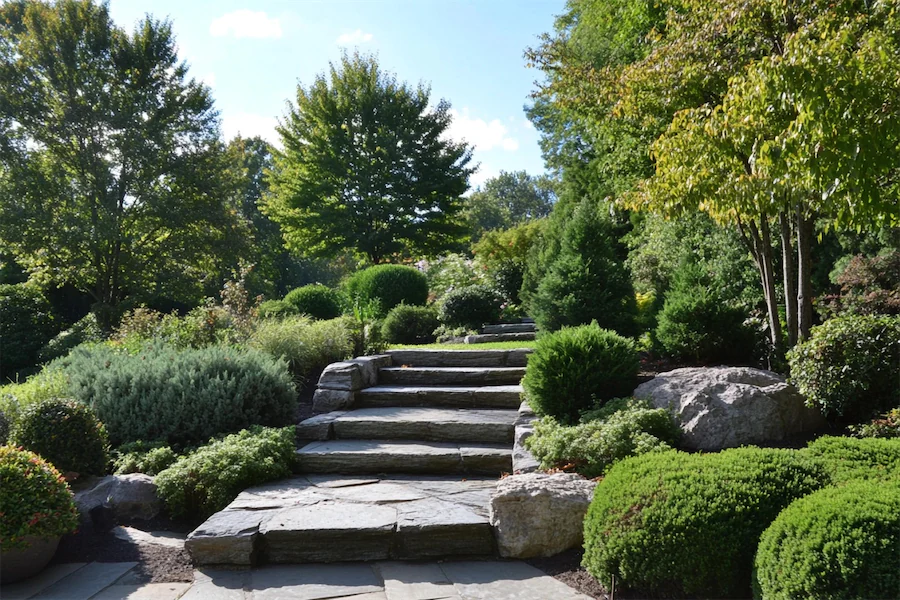A seasonal garden is thoughtfully designed to offer visual interest and beauty throughout the entire year. By selecting and arranging plants with varying bloom times, foliage colors, and textures, such gardens ensure that each season brings its own unique charm.
Key Features of Seasonal Gardens
Seasonal gardens are characterized by several distinctive features:
- Diverse Plant Selection: Incorporating a variety of plants that bloom at different times ensures continuous color and interest. For example, spring bulbs like tulips and daffodils can be followed by summer perennials such as coneflowers and daylilies, with fall-blooming asters and chrysanthemums extending the display into autumn.
- Structural Elements: Including evergreens and plants with interesting bark or form provides visual appeal during winter months when many perennials are dormant. Evergreen shrubs and trees maintain structure, while ornamental grasses and plants with notable seed heads add texture and movement.
- Year-Round Interest: By planning for each season, these gardens ensure that there is always something to catch the eye, whether it’s spring blossoms, summer foliage, autumn colors, or winter textures.
Benefits of Seasonal Gardens
Establishing a seasonal garden offers numerous advantages:
- Continuous Aesthetic Appeal: A well-designed seasonal garden provides beauty throughout the year, enhancing the enjoyment of your outdoor space in every season.
- Biodiversity Support: Diverse plantings can support a variety of wildlife, offering habitats and food sources for different species across seasons.
- Enhanced Garden Experience: Experiencing the changing seasons in your garden can foster a deeper connection with nature and provide ongoing interest and enjoyment.
Considerations When Designing a Seasonal Garden
When planning a seasonal garden, consider the following:
- Climate and Hardiness Zones: Select plants that are well-suited to your local climate and hardiness zone to ensure they thrive throughout the year.
- Succession Planting: Plan for a sequence of blooms by selecting plants with staggered flowering times to maintain continuous interest.
- Maintenance Requirements: Be mindful of the care needs of different plants, including pruning, watering, and soil conditions, to keep the garden healthy and vibrant year-round.
Conclusion
A seasonal garden thoughtfully combines plants with varying bloom times and characteristics to ensure year-round beauty and interest. By considering factors such as climate, plant selection, and maintenance, you can create a dynamic and engaging garden that evolves with the seasons, providing continuous enjoyment and a deeper connection to the natural world.
